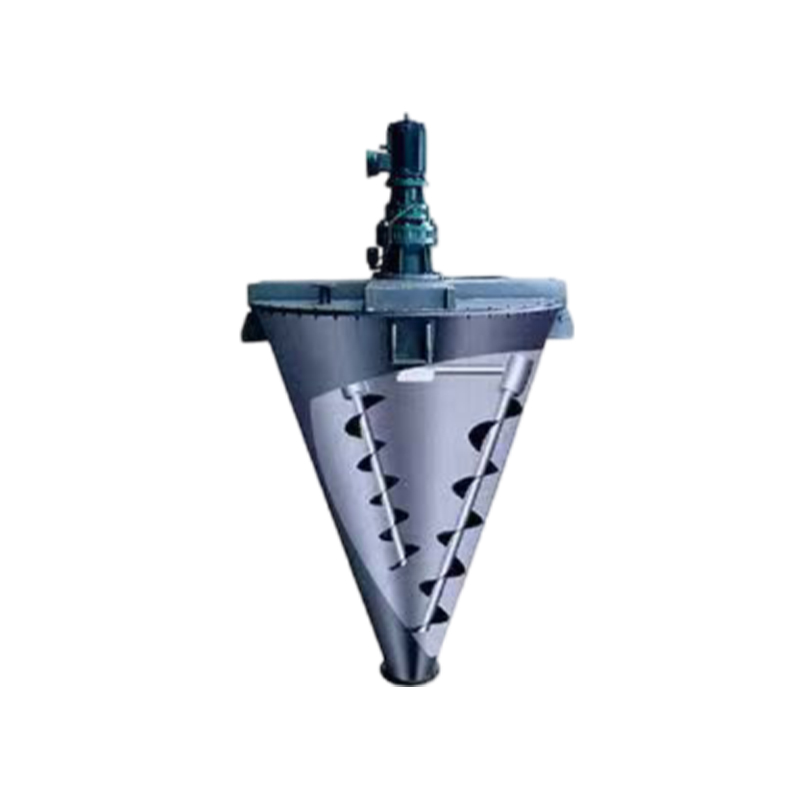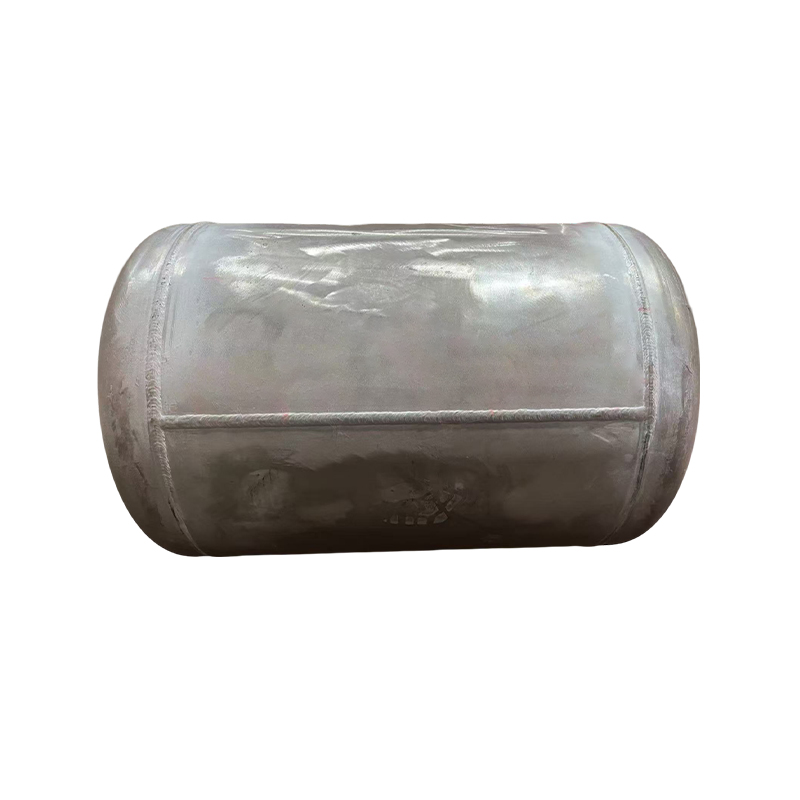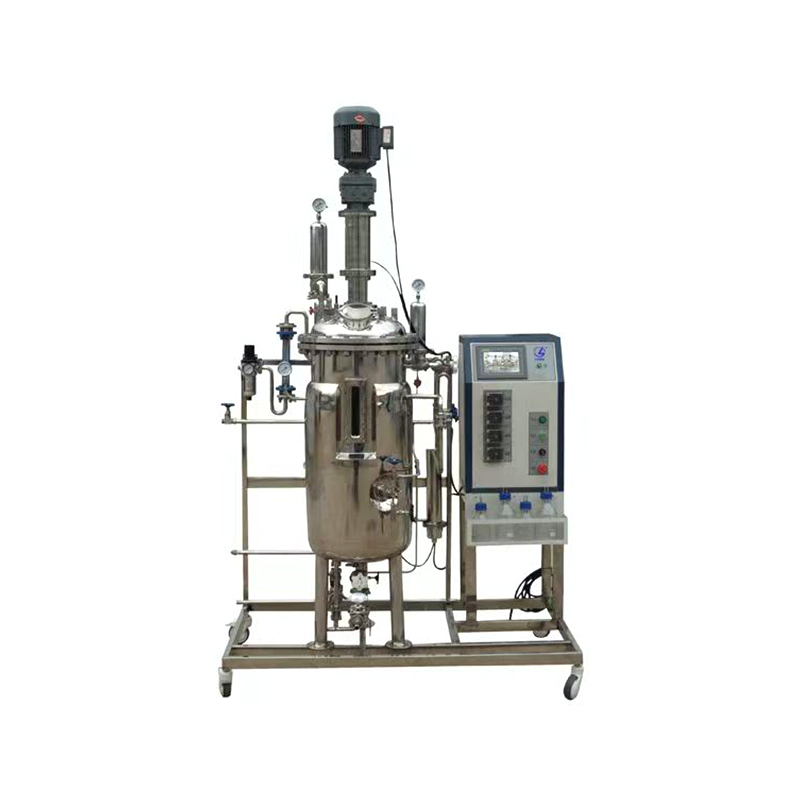How can silo storage tank design optimization improve the flowability of granular materials and reduce the risk of clogging?
Release Time : 2025-10-21
Silo storage tanks are designed specifically for storing a variety of bulk materials. They are widely used in numerous industries, including chemical, food, pharmaceutical, metallurgical, and environmental protection, providing safe and efficient material storage solutions for enterprises' production processes. In practice, due to their physical properties, granular materials are prone to problems such as poor flowability, bridging, rat-holing, agglomeration, and even clogging during storage and discharge, seriously impacting production continuity and equipment efficiency. Therefore, optimizing the structural design to improve the flowability of granular materials within silo storage tanks and reduce the risk of clogging has become a key aspect of engineering design.
1. Optimizing the Cone Angle and Discharge Port Design
The angle of the cone at the bottom of a silo storage tank is the primary factor affecting material flowability. If the angle is too small, the frictional resistance between the material and the tank wall increases, easily forming "rat-holing" or "arch bridges," resulting in poor discharge. If the angle is too large, the equipment height and material costs increase. Depending on the material's angle of repose and flow characteristics, the design should adopt either mass flow or bulk flow. Mass flow is preferred to ensure that all materials in the tank move downward synchronously, avoiding accumulation in dead corners. Generally, for granular materials with good flowability, a cone angle design between 60° and 70° is ideal. For materials with high viscosity or prone to agglomeration, vibration or airflow aids are required.
2. Utilizing Lining and Surface Treatment Technologies
The smoothness and friction coefficient of the silo storage tank's inner wall directly affect the material's sliding properties. To reduce adhesion and friction between granular materials and the tank wall, low-friction liners such as ultra-high molecular weight polyethylene, polytetrafluoroethylene, or mirror-polished stainless steel can be installed on the inner wall. These materials are not only wear-resistant and corrosion-resistant, but also significantly reduce material sticking to the wall and improve flowability. Furthermore, for materials prone to hygroscopic agglomeration, the inner wall can be treated with a moisture-resistant coating to further prevent moisture from sticking.
3. Integrated Flow Aids and Arch Breakers
Integrating effective flow aids into the design is a direct way to address blockage issues. Common flow-enhancing methods include air cannons, vibrating motors, fluidizing plates, and mechanical arch breakers. Air cannons release compressed air momentarily to impact the material, breaking the arch bridge structure. Vibrating motors, installed at the bottom of the tank, use high-frequency vibrations to loosen the material. Fluidizing plates introduce low-pressure air into the conical hopper area, locally fluidizing the material and enhancing its flowability. These devices should be selected and arranged appropriately based on the material characteristics and tank size to avoid excessive vibration that can cause material separation or equipment fatigue.
4. Optimize the feed and discharge layout
The location and arrangement of the feed port also affect the distribution of the material within the tank. If the feed port is located dead center and the material is discharged too quickly, it can easily accumulate in the center, creating a "funnel flow." Using eccentric feeding or installing deflectors can achieve more even material distribution and reduce local compaction. The discharge port should not be too small; its diameter should generally be 3-5 times the maximum particle size of the material. A regulating valve or rotary feeder should be used to ensure controlled and stable discharge and prevent sudden material collapse and blockage.
5. Intelligent Monitoring and Preventive Maintenance
Silo storage tanks are increasingly integrating material level meters, pressure sensors, and blockage warning systems to enable real-time monitoring of operating status. PLC control systems can automatically identify discharge anomalies and activate flow-aiding devices to prevent blockages. Regular maintenance and cleaning of the tank interior and inspection of the operating status of flow-aiding devices are also crucial measures to ensure long-term stable operation.
In summary, optimizing the cone angle, employing low-friction linings, integrating flow-aiding devices, rationally arranging inlets and outlets, and implementing intelligent monitoring systems can significantly improve the flowability of granular materials in silo storage tanks and effectively reduce the risk of blockage. This not only improves production efficiency but also extends equipment life, providing a solid foundation for safe, efficient, and continuous material management.
1. Optimizing the Cone Angle and Discharge Port Design
The angle of the cone at the bottom of a silo storage tank is the primary factor affecting material flowability. If the angle is too small, the frictional resistance between the material and the tank wall increases, easily forming "rat-holing" or "arch bridges," resulting in poor discharge. If the angle is too large, the equipment height and material costs increase. Depending on the material's angle of repose and flow characteristics, the design should adopt either mass flow or bulk flow. Mass flow is preferred to ensure that all materials in the tank move downward synchronously, avoiding accumulation in dead corners. Generally, for granular materials with good flowability, a cone angle design between 60° and 70° is ideal. For materials with high viscosity or prone to agglomeration, vibration or airflow aids are required.
2. Utilizing Lining and Surface Treatment Technologies
The smoothness and friction coefficient of the silo storage tank's inner wall directly affect the material's sliding properties. To reduce adhesion and friction between granular materials and the tank wall, low-friction liners such as ultra-high molecular weight polyethylene, polytetrafluoroethylene, or mirror-polished stainless steel can be installed on the inner wall. These materials are not only wear-resistant and corrosion-resistant, but also significantly reduce material sticking to the wall and improve flowability. Furthermore, for materials prone to hygroscopic agglomeration, the inner wall can be treated with a moisture-resistant coating to further prevent moisture from sticking.
3. Integrated Flow Aids and Arch Breakers
Integrating effective flow aids into the design is a direct way to address blockage issues. Common flow-enhancing methods include air cannons, vibrating motors, fluidizing plates, and mechanical arch breakers. Air cannons release compressed air momentarily to impact the material, breaking the arch bridge structure. Vibrating motors, installed at the bottom of the tank, use high-frequency vibrations to loosen the material. Fluidizing plates introduce low-pressure air into the conical hopper area, locally fluidizing the material and enhancing its flowability. These devices should be selected and arranged appropriately based on the material characteristics and tank size to avoid excessive vibration that can cause material separation or equipment fatigue.
4. Optimize the feed and discharge layout
The location and arrangement of the feed port also affect the distribution of the material within the tank. If the feed port is located dead center and the material is discharged too quickly, it can easily accumulate in the center, creating a "funnel flow." Using eccentric feeding or installing deflectors can achieve more even material distribution and reduce local compaction. The discharge port should not be too small; its diameter should generally be 3-5 times the maximum particle size of the material. A regulating valve or rotary feeder should be used to ensure controlled and stable discharge and prevent sudden material collapse and blockage.
5. Intelligent Monitoring and Preventive Maintenance
Silo storage tanks are increasingly integrating material level meters, pressure sensors, and blockage warning systems to enable real-time monitoring of operating status. PLC control systems can automatically identify discharge anomalies and activate flow-aiding devices to prevent blockages. Regular maintenance and cleaning of the tank interior and inspection of the operating status of flow-aiding devices are also crucial measures to ensure long-term stable operation.
In summary, optimizing the cone angle, employing low-friction linings, integrating flow-aiding devices, rationally arranging inlets and outlets, and implementing intelligent monitoring systems can significantly improve the flowability of granular materials in silo storage tanks and effectively reduce the risk of blockage. This not only improves production efficiency but also extends equipment life, providing a solid foundation for safe, efficient, and continuous material management.







